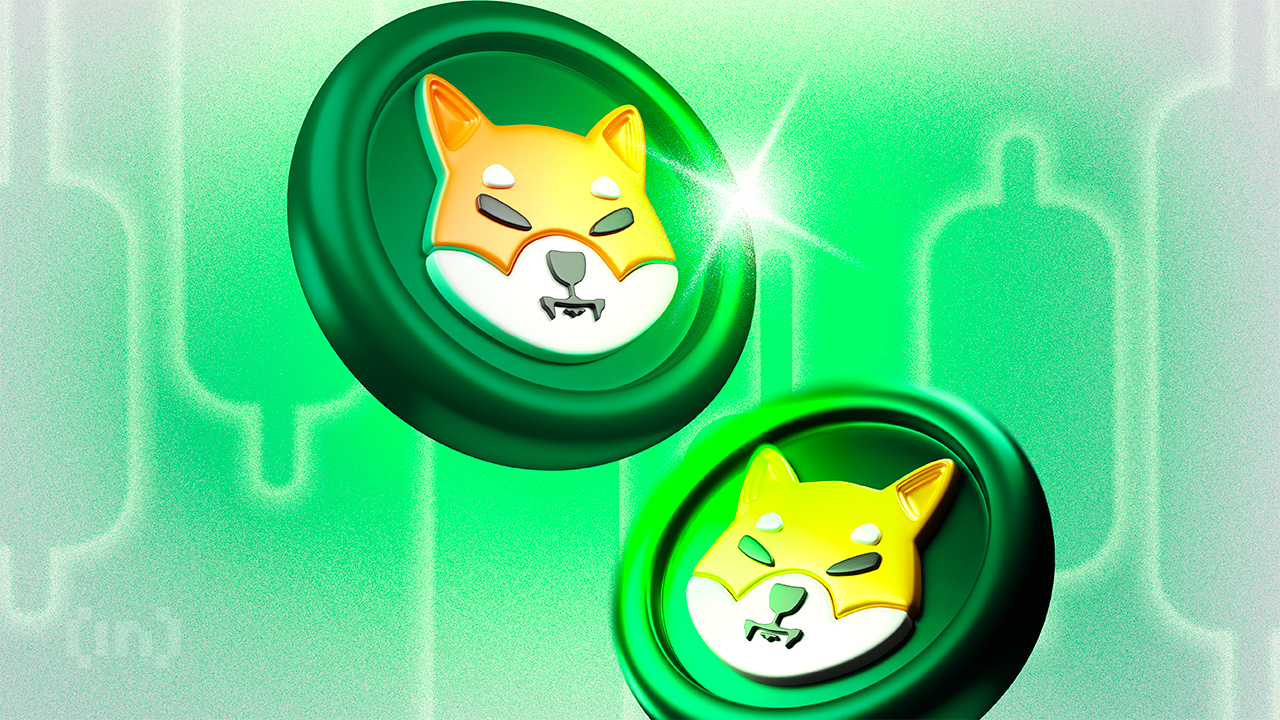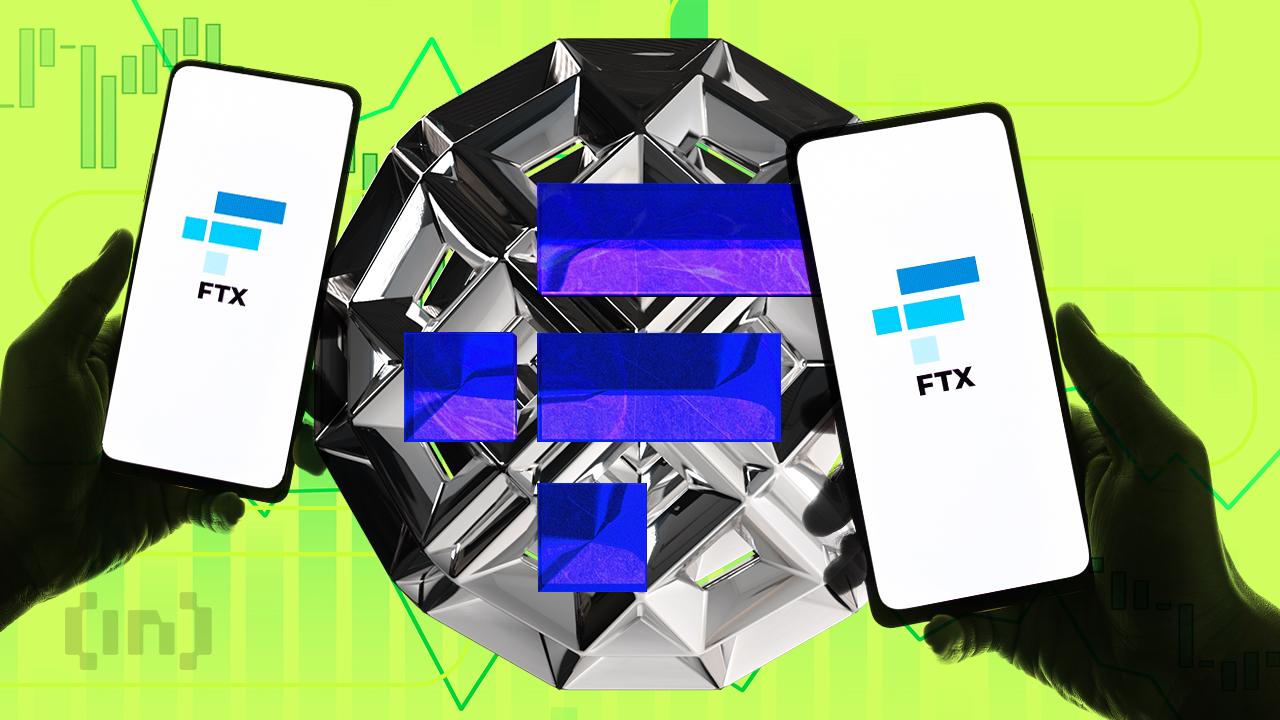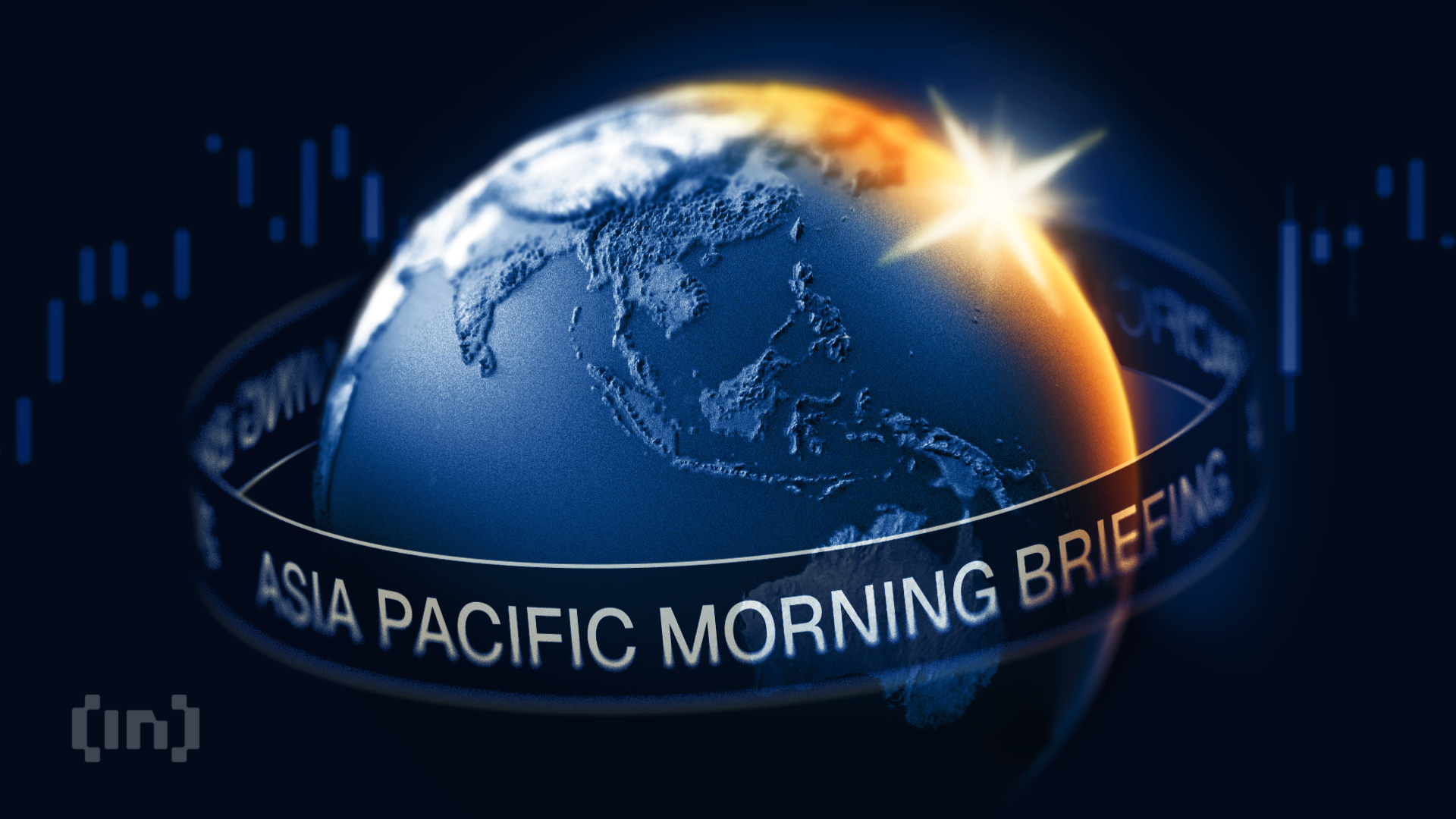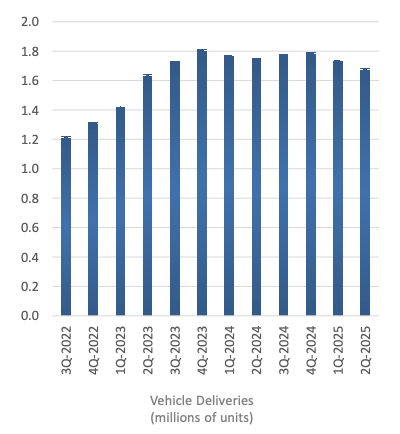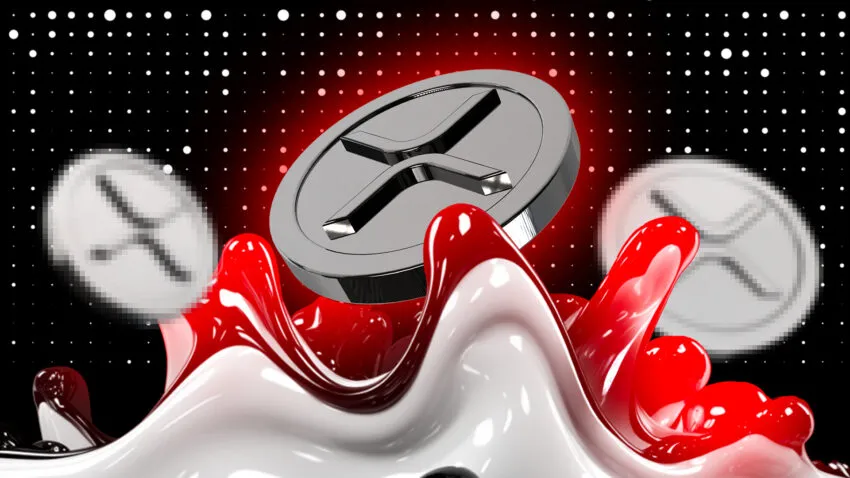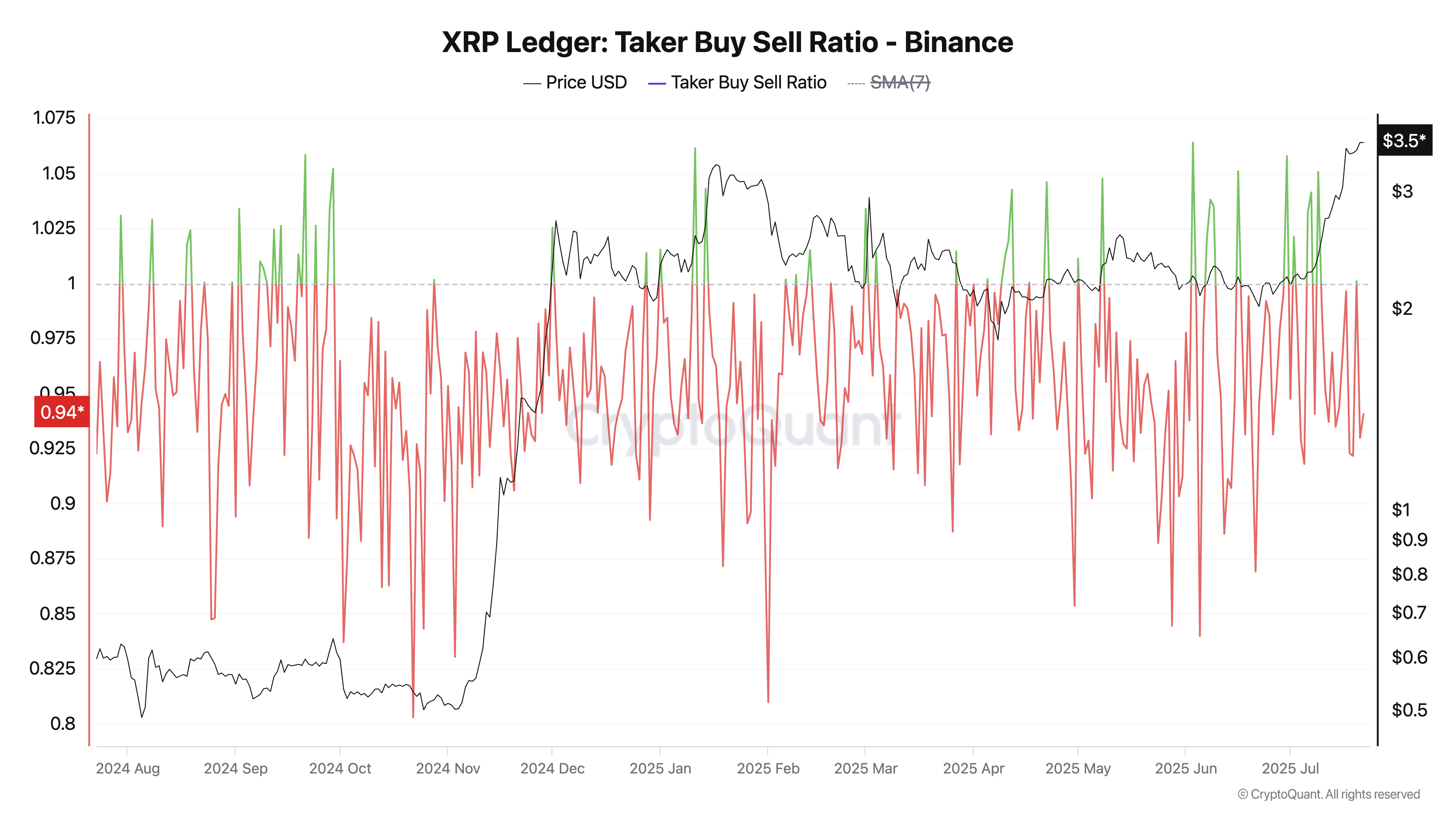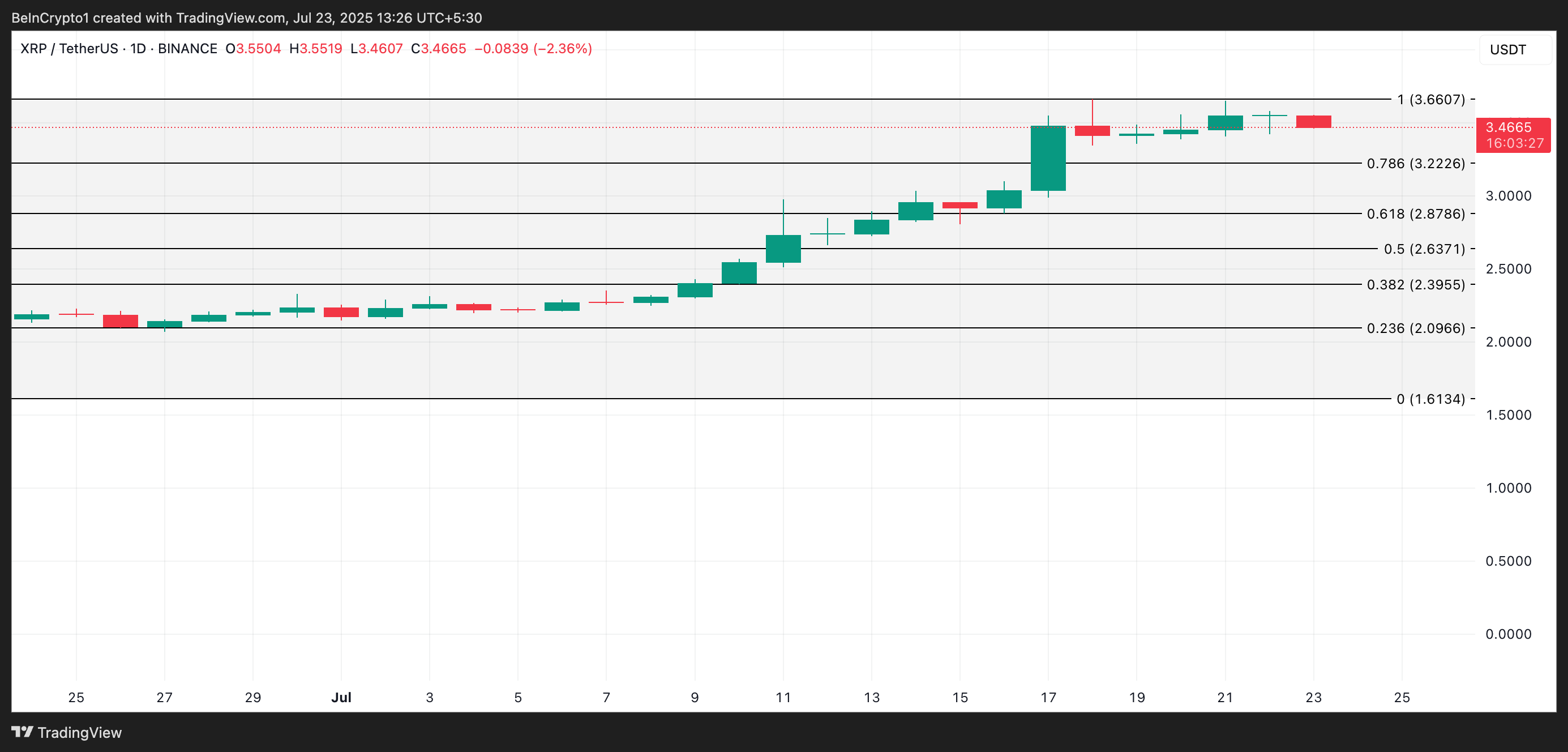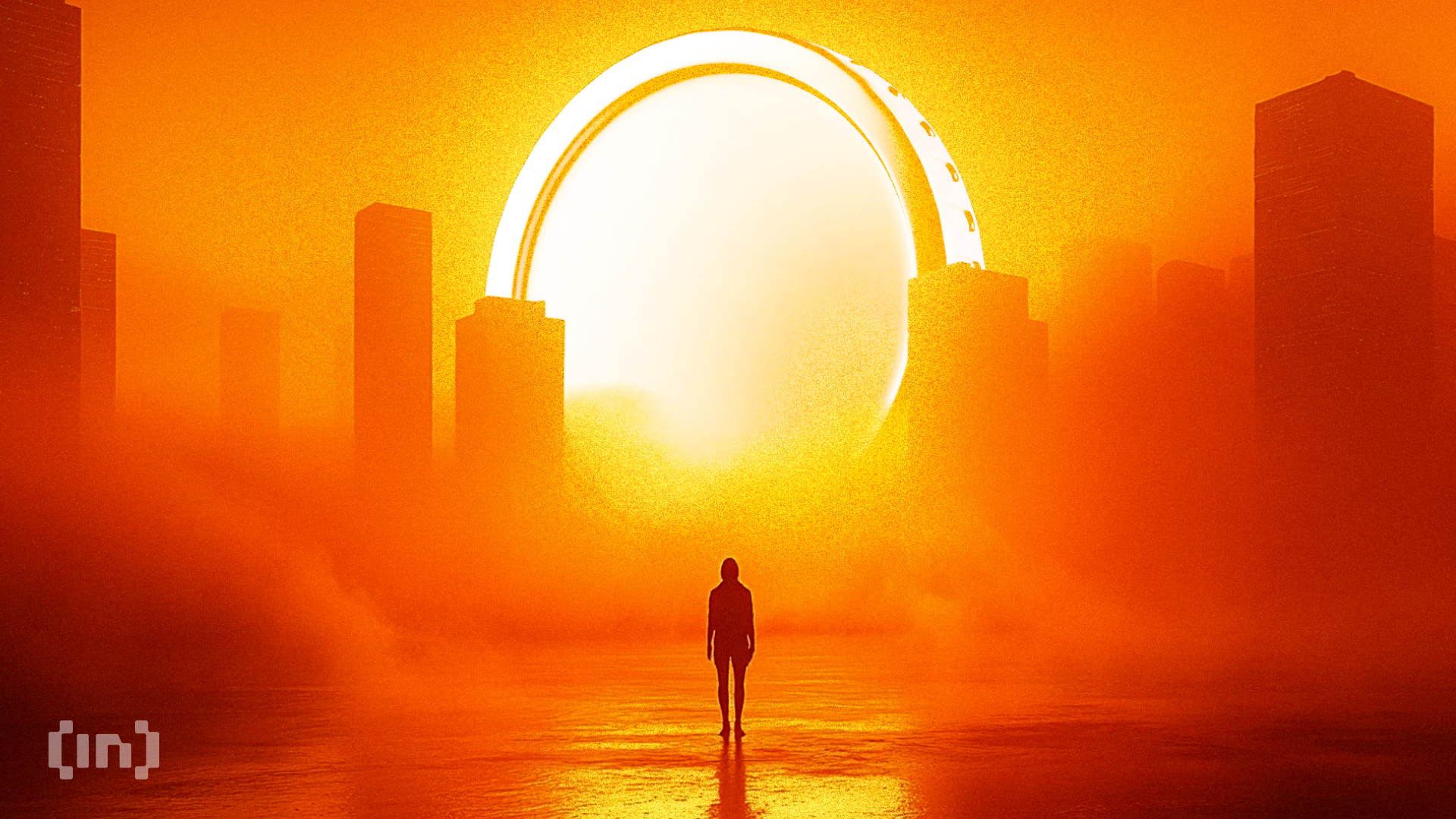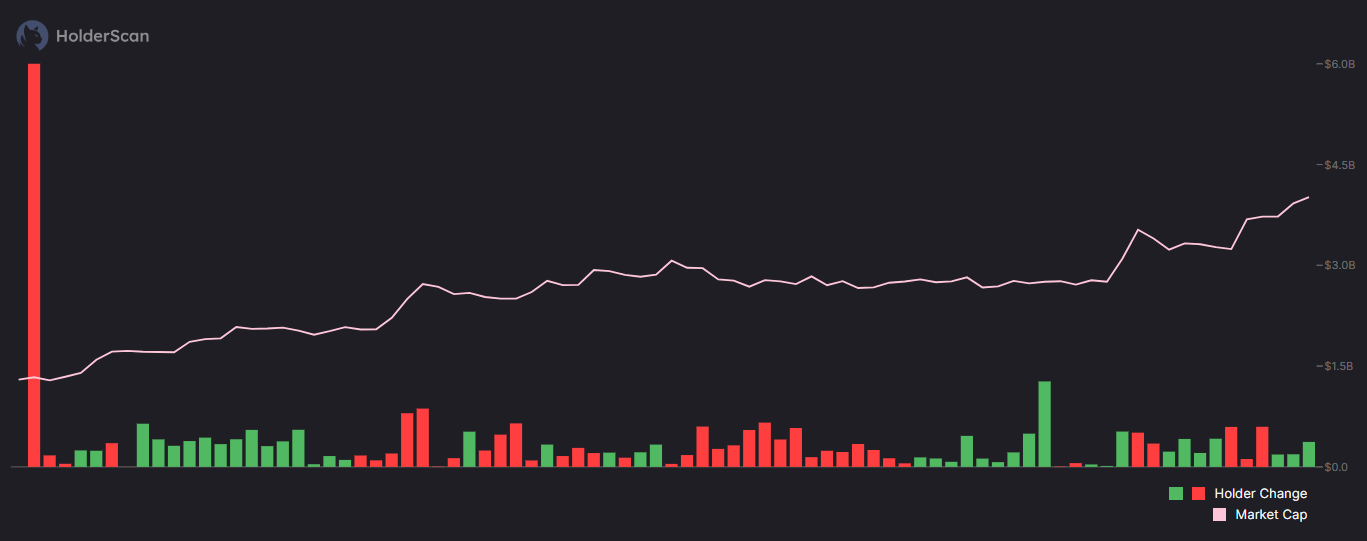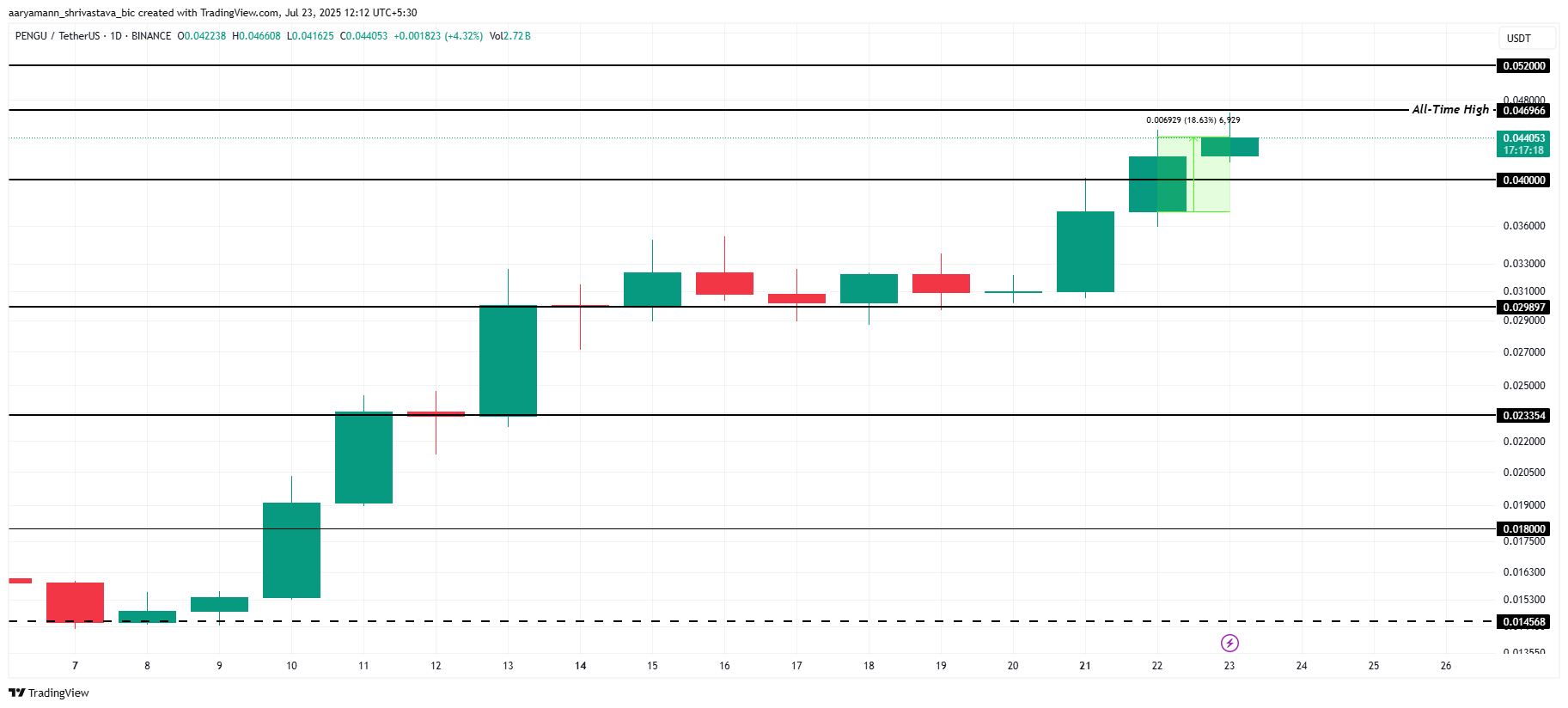HTX Gives Away $500,000 Rewards to Celebrate Ethereum’s 10th Anniversary: Newcomers, Traders, and Loyal Users All Win
As the Ethereum blockchain approaches its 10th anniversary on July 30, HTX, a leading global crypto exchange, is commemorating this significant milestone with a week-long global giveaway totaling $500,000 in rewards. Running from July 25, 10:00 to August 1, 10:00 (UTC), the campaign honors a decade of DeFi, NFT, and DAO innovations that Ethereum helped shape, while empowering its community to continue exploring value in the new crypto cycle.
Diversified Trading and Referral Rewards for All Users
Welcome Gift for New Users & First-Time Traders: Simply complete a spot or futures trade of any amount during the campaign to unlock a welcome gift. Eligible participants will receive either $3 in ETH or free ETH futures positions worth up to 1,000 USDT. Daily rewards are limited to the first 2,000 qualifying users. Please note that futures position claims require Level 1 KYC verification and a minimum net deposit of 100 USDT into your Futures account.
Social Sharing & Referral Incentives: Share this exciting event on any social platform and invite a friend! If your friend registers and trades over 100 USDT on HTX, both of you can earn a 20 USDT Futures Trial Bonus. To qualify, both inviters and invitees must enroll in the event and complete Level 3 KYC verification. Rewards are available for the first 1,000 qualified participants.
Comeback Bonuses for Inactive Users: Red carpet for returning friends!
Spot Traders: Inactive spot traders who haven’t used HTX Spot since June 1, 2025, can receive a shot at winning up to 10 ETH through a lucky draw by simply restarting their spot trading.
Futures Traders: For inactive futures traders (last active before July 10, 2025), HTX is offering APY Booster Coupons for SmartEarn, increasing APY by 3-8% based on net deposits to their Futures accounts. Combined with the current 2% base APY, users can enjoy up to 10% APY for SmartEarn!
Special Offers for Ethereum’s Ecosystem Crypto Traders and HTX Earn Users
$200,000 Trading Contest for Top Ethereum Ecosystem Cryptos: A dedicated trading contest is now live on HTX for top Ethereum ecosystem cryptocurrencies, including ETH, ETHFI, UNI, LINK, ENA, AAVE, CRV, LDO, MKR, and ENS. Users who register for the contest and trade at least 5,000 USDT in spot or 20,000 USDT in futures with these cryptos will be ranked by volume. The top traders will share a 200,000 USDT prize pool based on their ranking:
- The top five traders will receive individual $HTX rewards ranging from $6,000 to $30,000.
- Participants ranked sixth through twentieth will split $60,000.
- The remaining $66,000 will be distributed proportionally among other eligible participants.
- Additionally, margin traders whose margin trading volume hits 5,000 USDT or more can compete for a dedicated $HTX token prize pool worth $30,000.
Exclusive ETH Earn Opportunities: ETH holders also have special opportunities:
- First-time HTX Earn users can subscribe to a special ETH product offering a remarkable 100% APY! This is a one-time opportunity requiring Level 2 KYC verification.
- Furthermore, all users can enjoy 6% APY on the ETH Flexible Earn product, featuring hourly compounding and instant withdrawals.
Important Note: All participants must click “Register Now” on the campaign page to enroll. Only trades, deposits, and subscriptions completed after registration will be counted. Rewards will be distributed within seven business days following the campaign’s end.
From 2015 to 2025, Ethereum has been the backbone of Web3 innovation. Now, HTX is proud to celebrate this milestone with a campaign designed to reward its community and fuel the future of decentralized finance. Register today on HTX and trade your way into the next decade of Ethereum.
About HTX
Founded in 2013, HTX has evolved from a virtual asset exchange into a comprehensive ecosystem of blockchain businesses that span digital asset trading, financial derivatives, research, investments, incubation, and other businesses.
As a world-leading gateway to Web3, HTX harbors global capabilities that enable it to provide users with safe and reliable services. Adhering to the growth strategy of “Global Expansion, Thriving Ecosystem, Wealth Effect, Security & Compliance,” HTX is dedicated to providing quality services and values to virtual asset enthusiasts worldwide.To learn more about HTX, please visit https://www.htx.com/ or HTX Square , and follow HTX on X, Telegram, and Discord.
The post HTX Gives Away $500,000 Rewards to Celebrate Ethereum’s 10th Anniversary: Newcomers, Traders, and Loyal Users All Win appeared first on BeInCrypto.

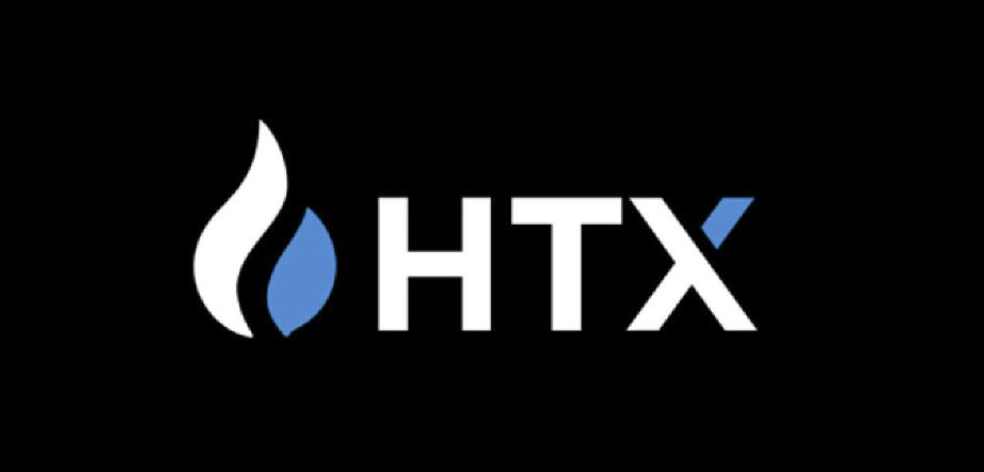


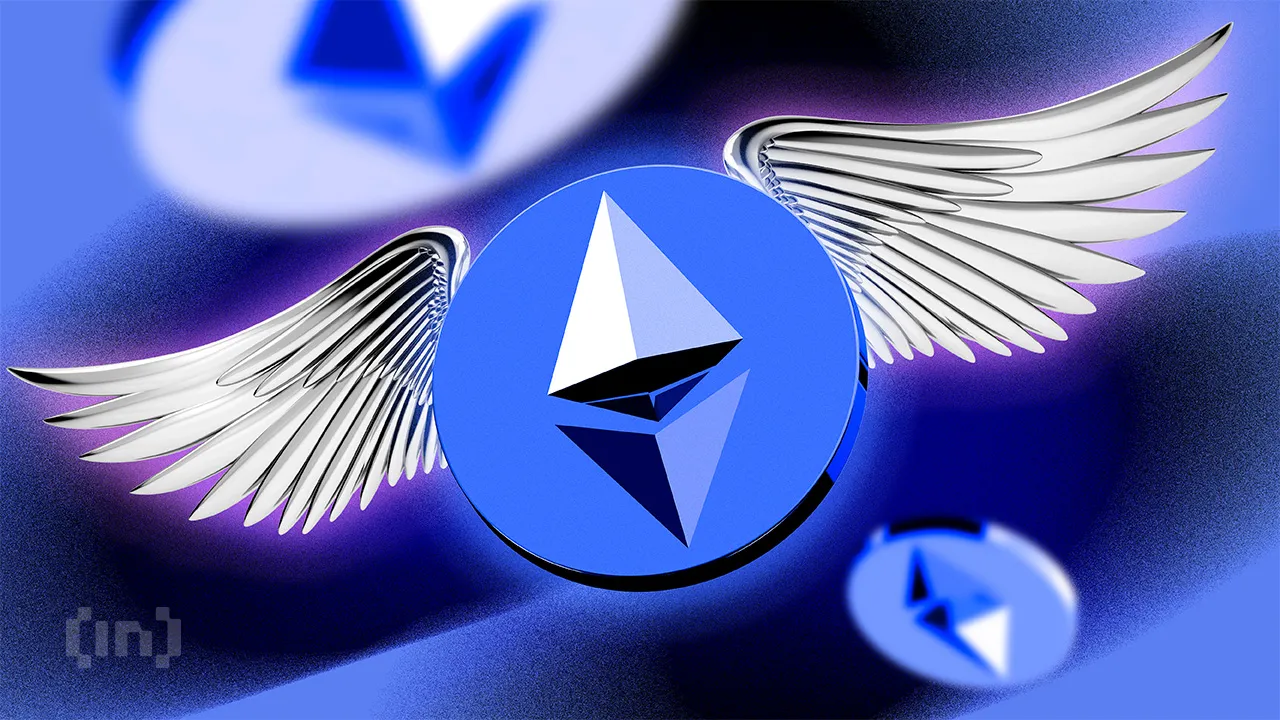




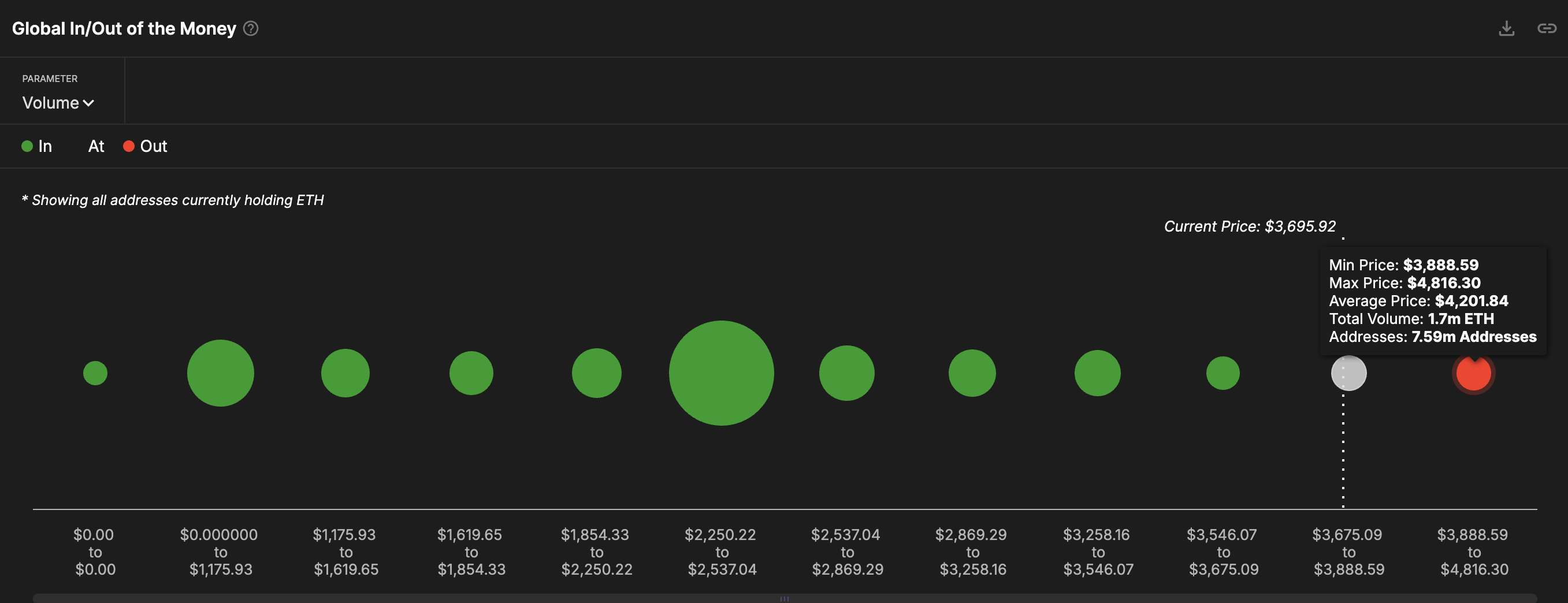
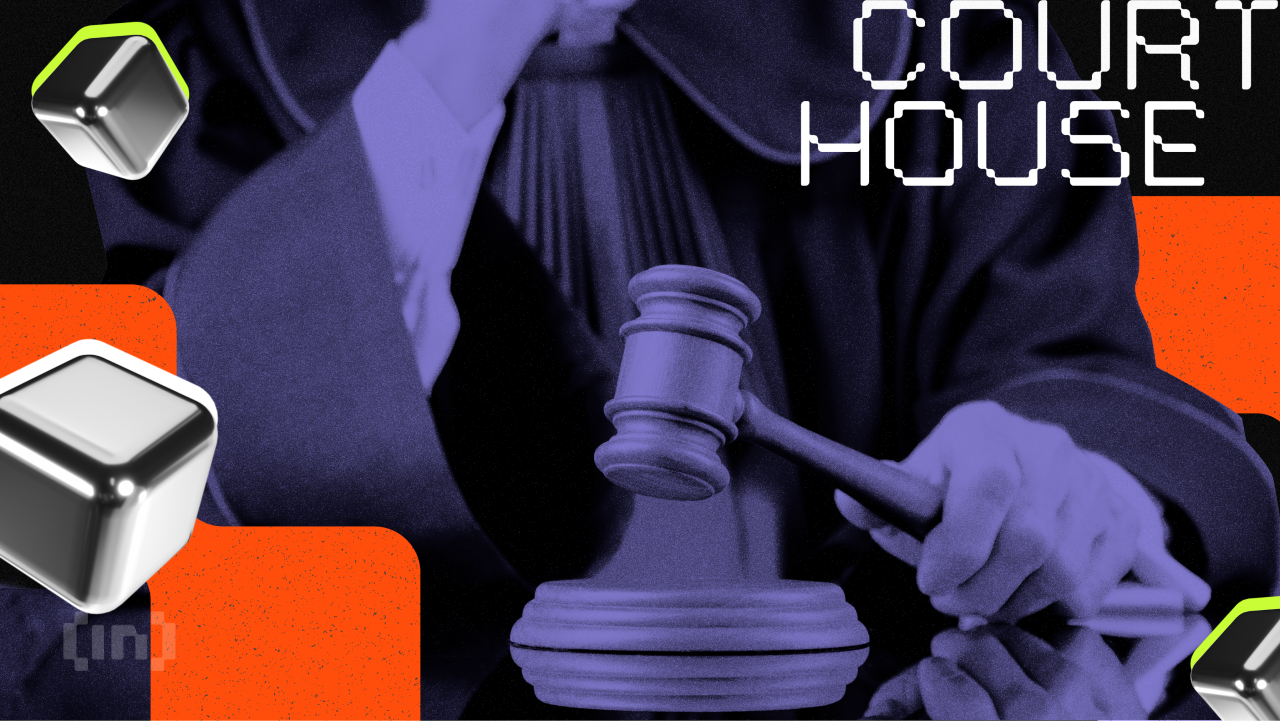
 (@tayvano_)
(@tayvano_) 